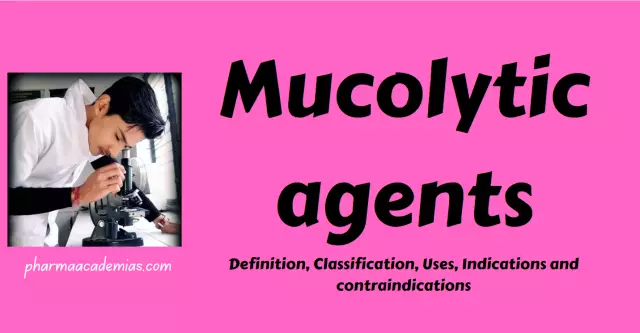- Author Curtis Blomfield [email protected].
- Public 2023-12-16 20:44.
- Last modified 2025-01-23 17:01.
At one time, the dentist's office was perceived by many patients as a kind of torture chamber, and a visit to the doctor was delayed as much as possible. Fortunately, medicine does not stand still and is constantly evolving. To date, anesthesia is widely used in dentistry. There are many drugs and ways to eliminate pain and make the treatment process more comfortable.

It is worth noting that doctors distinguish between general and local anesthesia. Local anesthesia, in turn, has a lot of options, which will be discussed below.
Applique anesthesia in dentistry
This method of pain relief is that the gums are treated with a strong anesthetic, but without an injection. For such anesthesia, special sprays and gels are produced. The doctor applies the drug to a cotton swab and treats the necessary tissue area with it. The effect appears after a few minutes.
It is worth noting that application anesthesia is used for superficial manipulations - this is the opening of abscesses undermucous membrane, some procedures near the edge of the gums, as well as the removal of tartar. Sometimes topical preparations are used to numb the patient before the injection.
Infiltration anesthesia in dentistry

This is a well-known method of freezing. Using a syringe with a needle, the doctor injects an anesthetic under the mucous membrane of the gums and oral cavity. Sometimes the medicine may be injected into the periosteum or directly into the bone itself. This method of anesthesia is simply necessary in the treatment of complex dental injuries. For example, it is used during the treatment of dental canals or some procedures on the pulp of the tooth. The effect of the anesthetic appears after 10-15 minutes and lasts more than one hour. During this time, the dentist can even perform some complex operations without causing discomfort and pain to the patient.
Conduction anesthesia in dentistry
This anesthesia procedure is used much less often and only in case of really complex and difficult operations on the gums or large molars. The anesthetic is injected directly into the trigeminal nerve and spreads (conducted) along its branches. As a result of such anesthesia, a good effect can be achieved - the patient will not feel pain.
Stem anesthesia in dentistry
This is a more serious method of pain relief, which is rarely used in medicine. Its essence is that the drug is injected into the brain stem andspreads along both trigeminal nerves and their branches. Thus, a persistent analgesic effect is achieved, which lasts for quite a long time. This technique is used to treat injuries, perform operations on the jaw, as well as for neuralgia and severe pain.
General anesthesia in dentistry

It is worth noting that general anesthesia in dental treatment is used extremely rarely and only in case of serious indications. During the procedure, the patient does not feel anything at all. But this technique is associated with he alth risks, especially among patients with diseases of the circulatory and endocrine systems. Therefore, before prescribing general anesthesia, the dentist must carefully read the patient's medical record and history, as well as prescribe some tests.
Anesthesia in dentistry during pregnancy: is it possible?
Many expectant mothers are interested in whether it is possible to use painkillers while carrying a child. After all, quite often it is during pregnancy that fillings fall out, since the body lacks calcium. It can be said for sure that the range of painkillers that can be used to treat a future mother is much narrower. However, there are special remedies that will relieve pain and not harm the child.






